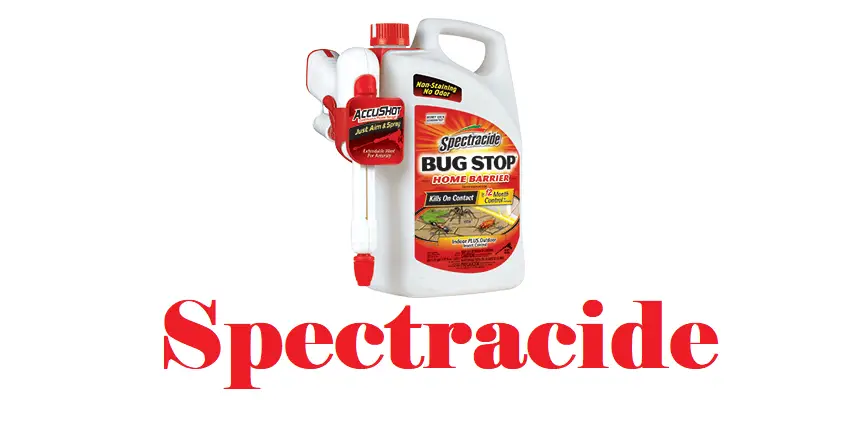Spectracide Sprayer Parts

Gardening and lawn maintenance are both essential and rewarding tasks. They not only add aesthetic appeal to your space but can also increase the value of your property. One of the significant challenges every gardener or homeowner faces is the invasion of unwanted pests, weeds, and diseases. This is where Spectracide sprayers come into play. A popular choice among many, Spectracide sprayers are recognized for their efficiency and ease of use.
While the product itself is undoubtedly remarkable, understanding its components can help users get the best out of it. This article aims to provide an in-depth look at the different parts of Spectracide sprayers, ensuring that users can handle, maintain, and even troubleshoot the equipment when necessary.
1. The Tank
The heart of any sprayer is its tank. This is where the solution, be it insecticide, weed killer, or any other chemical, is stored. Spectracide sprayers come with tanks of different capacities, depending on the user’s requirements. Made of high-quality plastic, these tanks are designed to resist chemical corrosion, ensuring longevity.
2. Pump Mechanism
One of the primary differentiators of sprayers is the type of pump mechanism they employ. Most Spectracide sprayers use a piston or diaphragm pump. The pump creates the necessary pressure to dispense the solution through the nozzle. Users can guarantee an even distribution of the solution by ensuring that the pump functions correctly.
3. Spray Wand & Nozzle
The spray wand is a long, typically metallic, or plastic rod attached to the hose. At its end, the nozzle disperses the solution. Nozzles come in various types, each designed to provide a different spray pattern. Some offer a fine mist, while others give a more direct stream. Knowing when to use which nozzle can significantly improve the effectiveness of the treatment.
4. Hose
Connecting the tank to the spray wand, the hose is an often-underestimated component. The hose must be durable, flexible, and resistant to the chemicals it carries. Over time, hoses can wear out or get damaged. Regular inspections can prevent unwanted leaks and ensure efficient spraying.
5. Seals and Gaskets
These are the unsung heroes of the sprayer. Seals and gaskets prevent solution leakage from various connecting points, such as where the hose connects to the tank or the spray wand. Made of rubber or other synthetic materials, they need regular checking and replacement since they can degrade over time, especially with exposure to harsh chemicals.
6. Pressure Release Valve
Safety is paramount when working with chemicals. The pressure release valve ensures that the pressure within the tank doesn’t build up excessively, which could lead to dangerous situations. If your sprayer isn’t releasing the solution as it should, the valve might be a good place to start your troubleshooting.
7. Strainer or Filter
A small but vital part, the strainer (or filter), ensures that no debris or particles enter the spray wand or nozzle. This prevents blockages and provides the even distribution of the chemical solution.
Maintaining Guide
Understanding the different parts of your sprayer is the first step. Maintenance is the next crucial aspect. Here are some quick tips:
- Regularly Inspect: Check all components, especially the seals, gaskets, and hose, for wear and tear.
- Clean After Use: Ensure that the tank, wand, and nozzle are thoroughly rinsed after each use to prevent chemical buildup and corrosion.
- Store Properly: Store your sprayer in a cool, dry place away from direct sunlight. Ensure it’s emptied and depressurized before storage.
- Replace Parts as Needed: If a component is worn out or malfunctioning, replace it immediately. Regular maintenance and timely replacements can increase the life of your sprayer significantly.
Conclusion
Spectracide sprayers are an invaluable tool for gardeners and homeowners alike. Familiarity with the different parts ensures efficient use and prolongs the equipment’s lifespan.
Regular maintenance, timely inspections, and understanding when and how to replace elements are crucial in maximizing your Spectracide sprayer. Whether battling pests, diseases, or weeds, with a well-maintained sprayer, you’re always prepared.